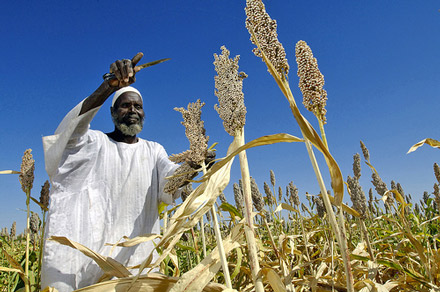
In 2003, the Comprehensive Africa Agriculture Development Programme (CAADP) was set up to address fundamental obstacles to African agricultural development. Poor productivity, and a lack of investment, were identified as major problems. Now, 10 years on, a new paper, CAADP at 10: Progress Toward Agricultural Prosperity, looks at the progress made by CAADP.
The lead author is Mwangi S. Kimenyi, Director of the Africa Growth Initiative, and the co-authors include FAC member John Omiti (KIPPRA).
The African Union CAADP was, and is, an agreed-upon process that embodies unique goals and principles.
For example, CAADP implementers sought to address fundamental obstacles to African agricultural development, including the sector’s reliance on external technical assistance, the lack of African political leadership and commitment, as well as poor planning and coordination between national and regional stakeholders. Other agricultural programs initiated at the same time focused predominately on issues of emergency relief, offering short-term solutions, frequently implemented independent of national systems and protocols (Simmons and Howard, 2009).
The explicit goal of CAADP is to “eliminate hunger and reduce poverty through agriculture”. In pursuit of this aim, African governments commit to two “targets.” The first is to achieve 6 percent annual growth in agricultural productivity by 2015. The second was to increase the allocation of national budgets directed to the agricultural sector to at least 10 percent. The program also has four stated objectives, or “pillars.”
You can read an article about the paper and download it on the Brookings Institute website.
CAADP at 10: Progress Toward Agricultural Prosperity
Read more about our work to support CAADP
(Photo: Investing in Africa’s farms – and its future, from Africa-Renewal’s photostream on Flickr)
